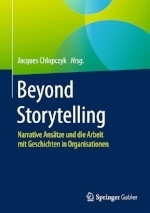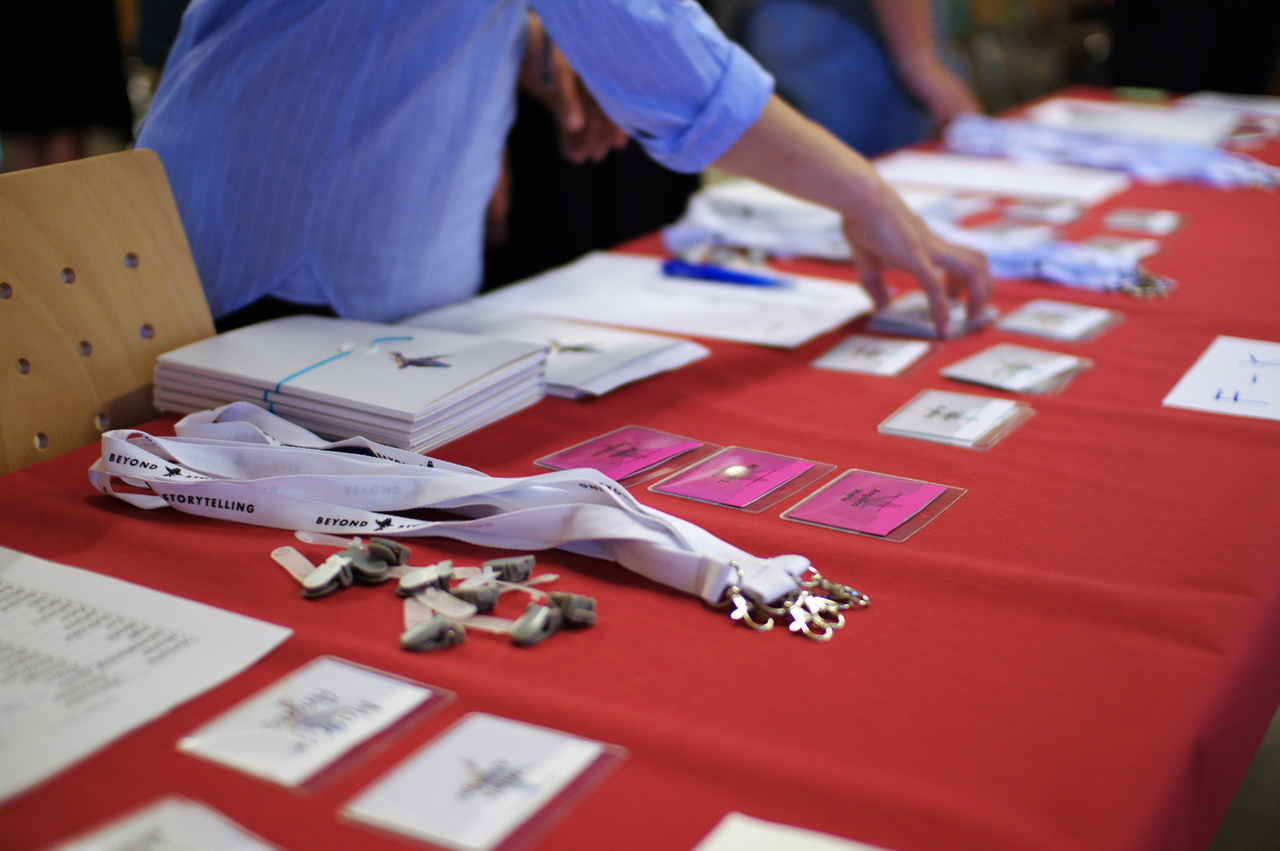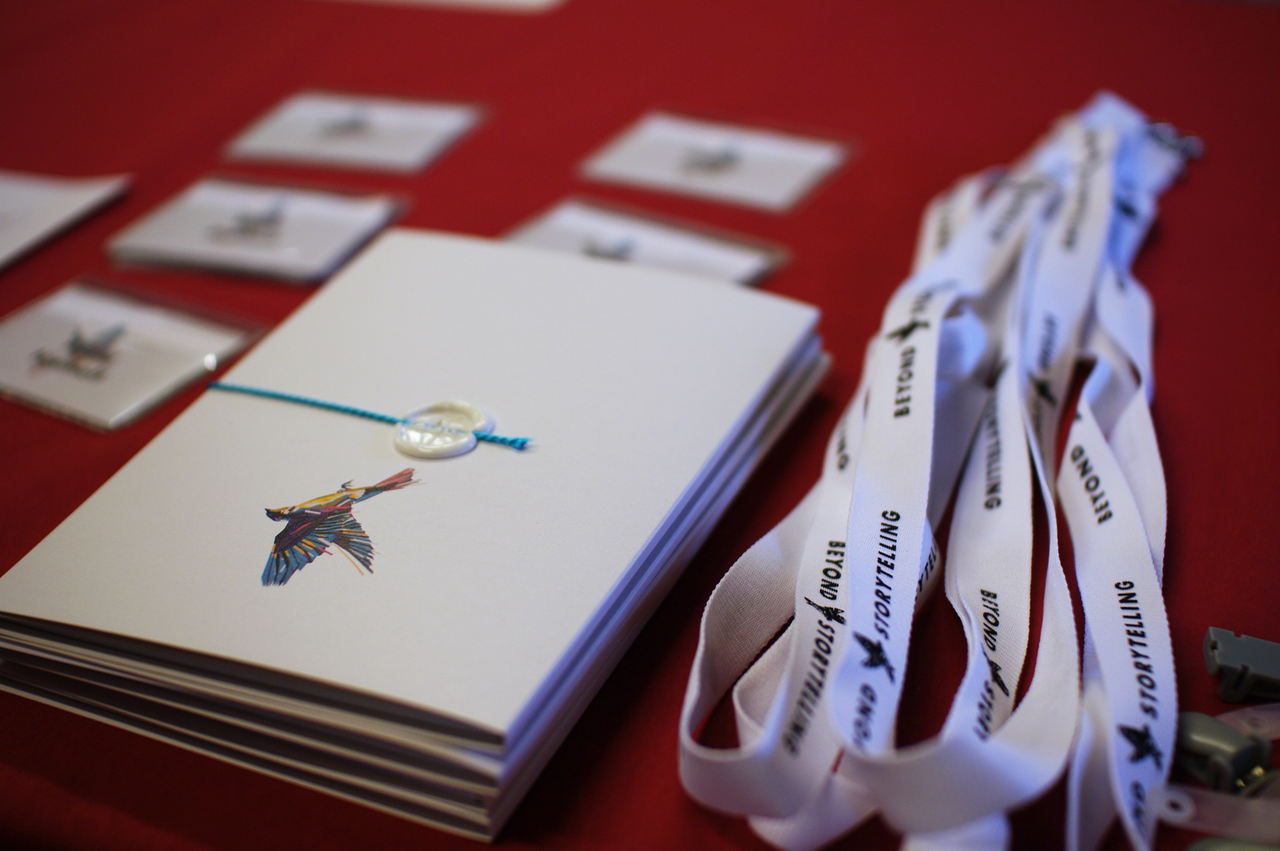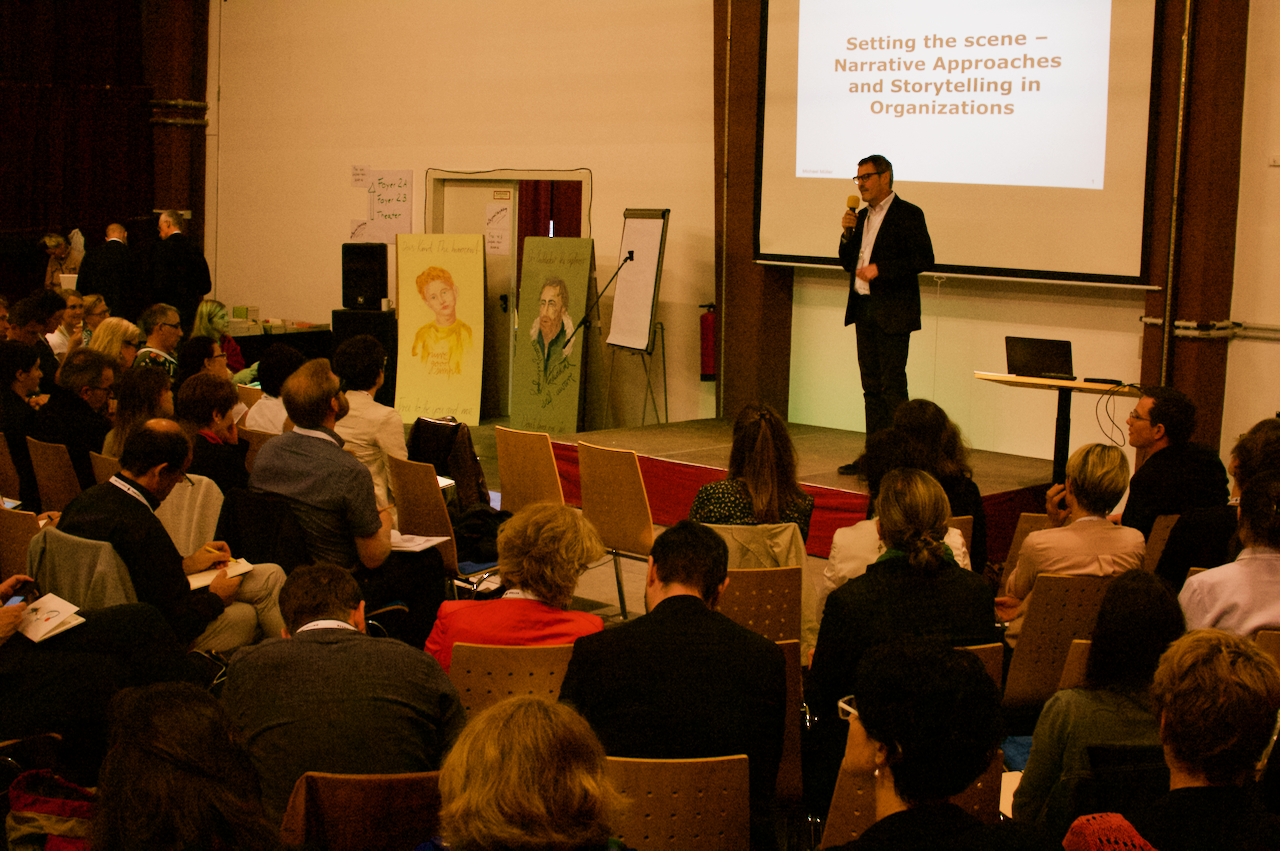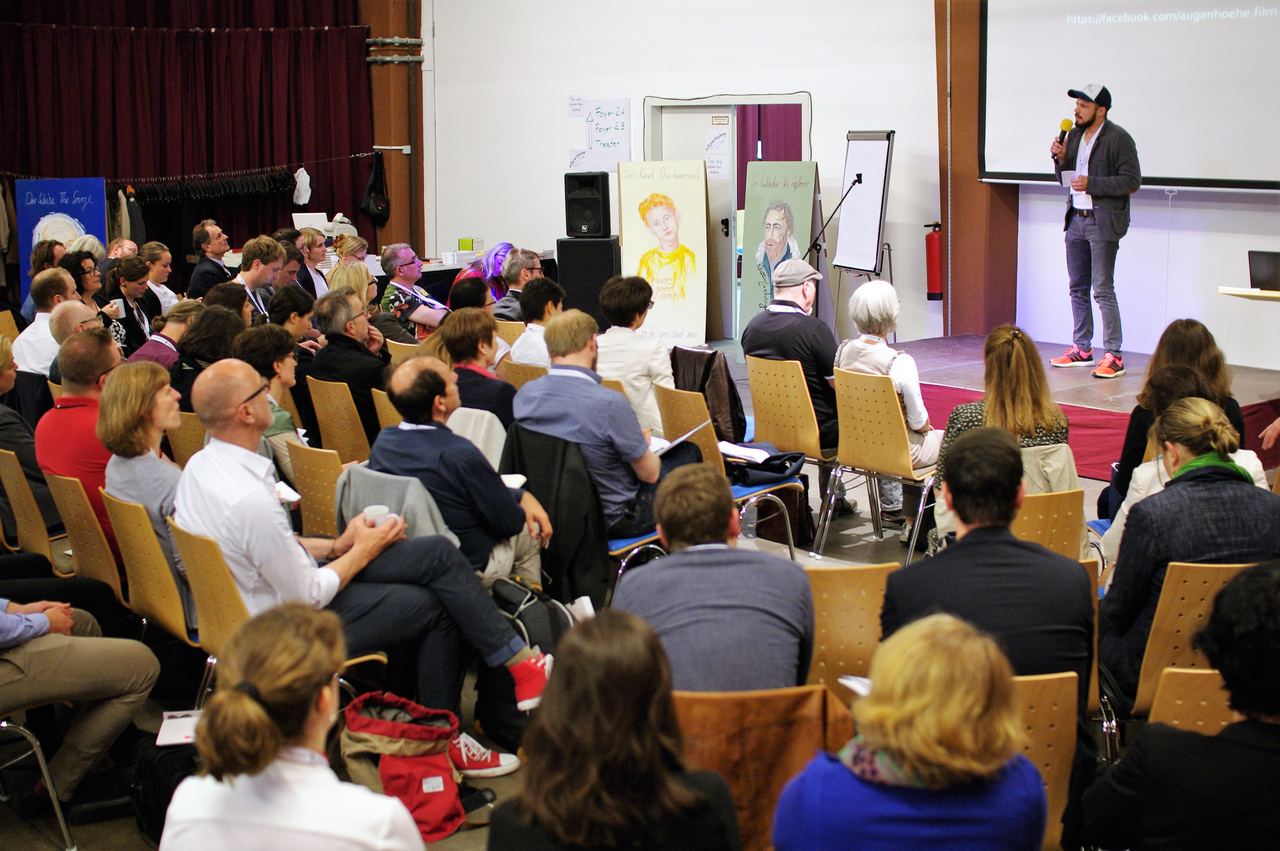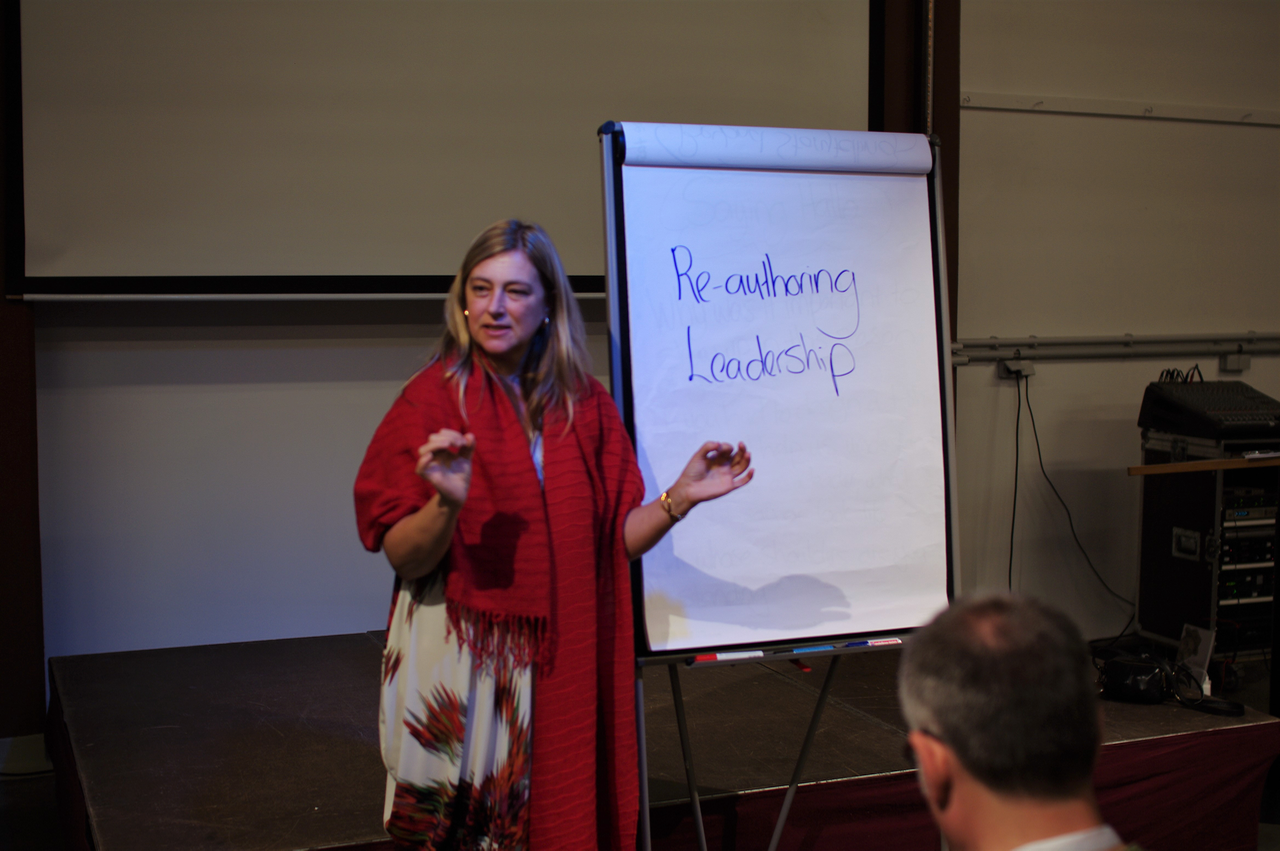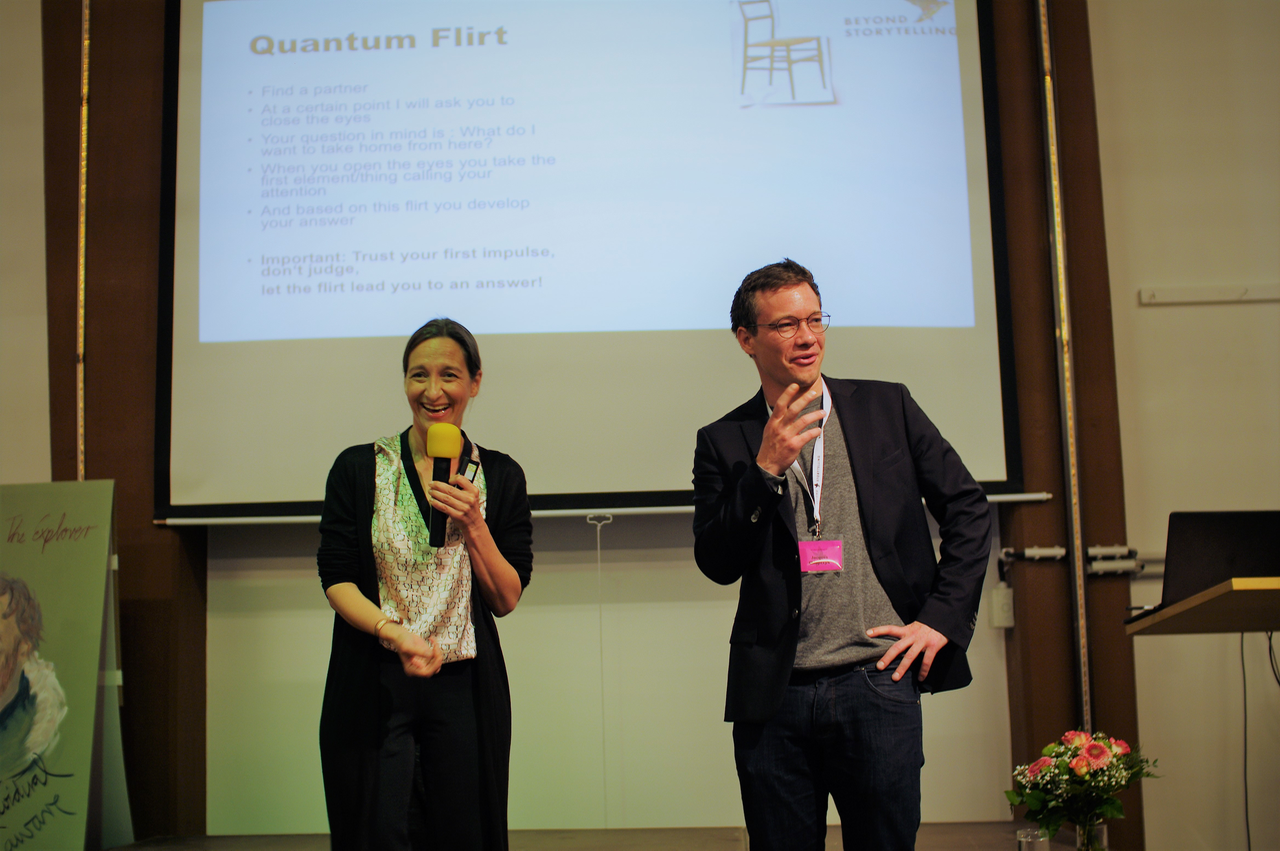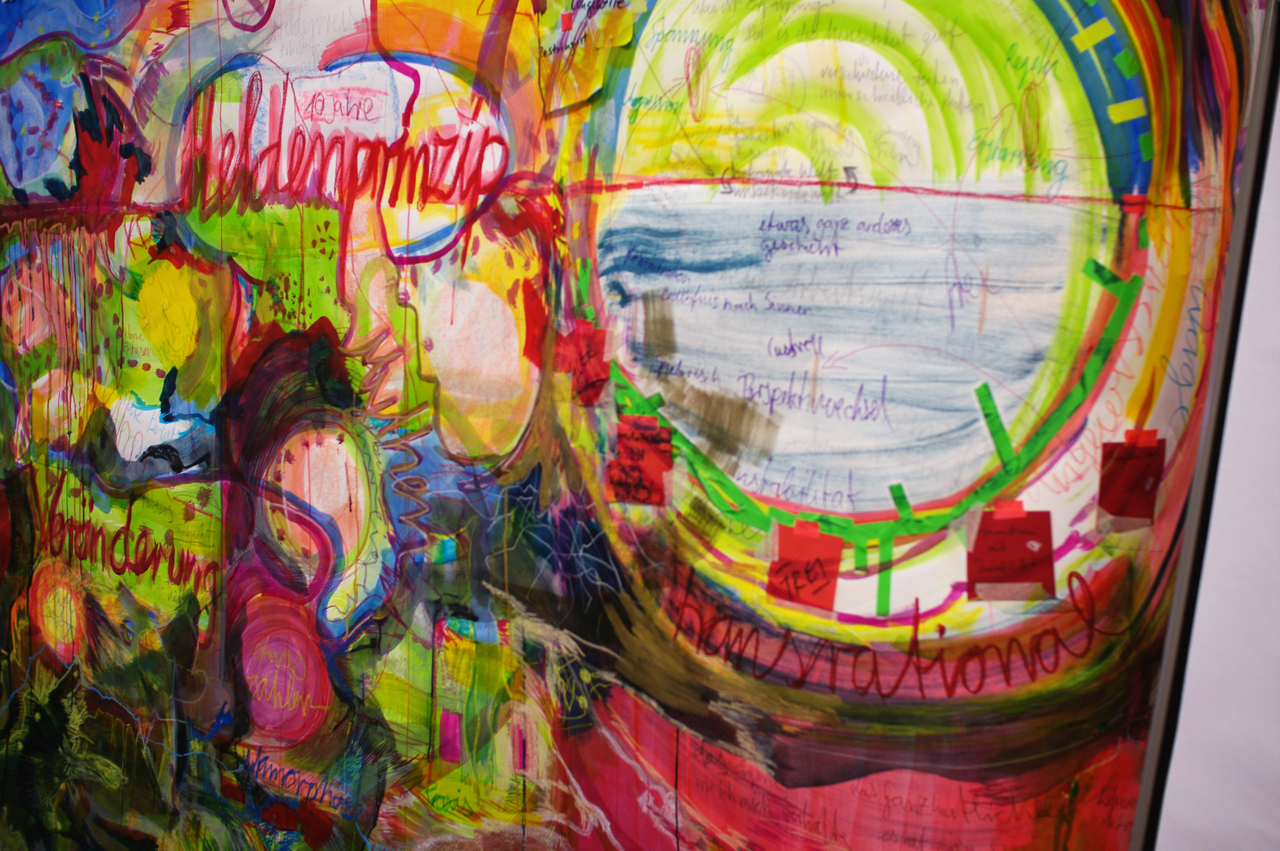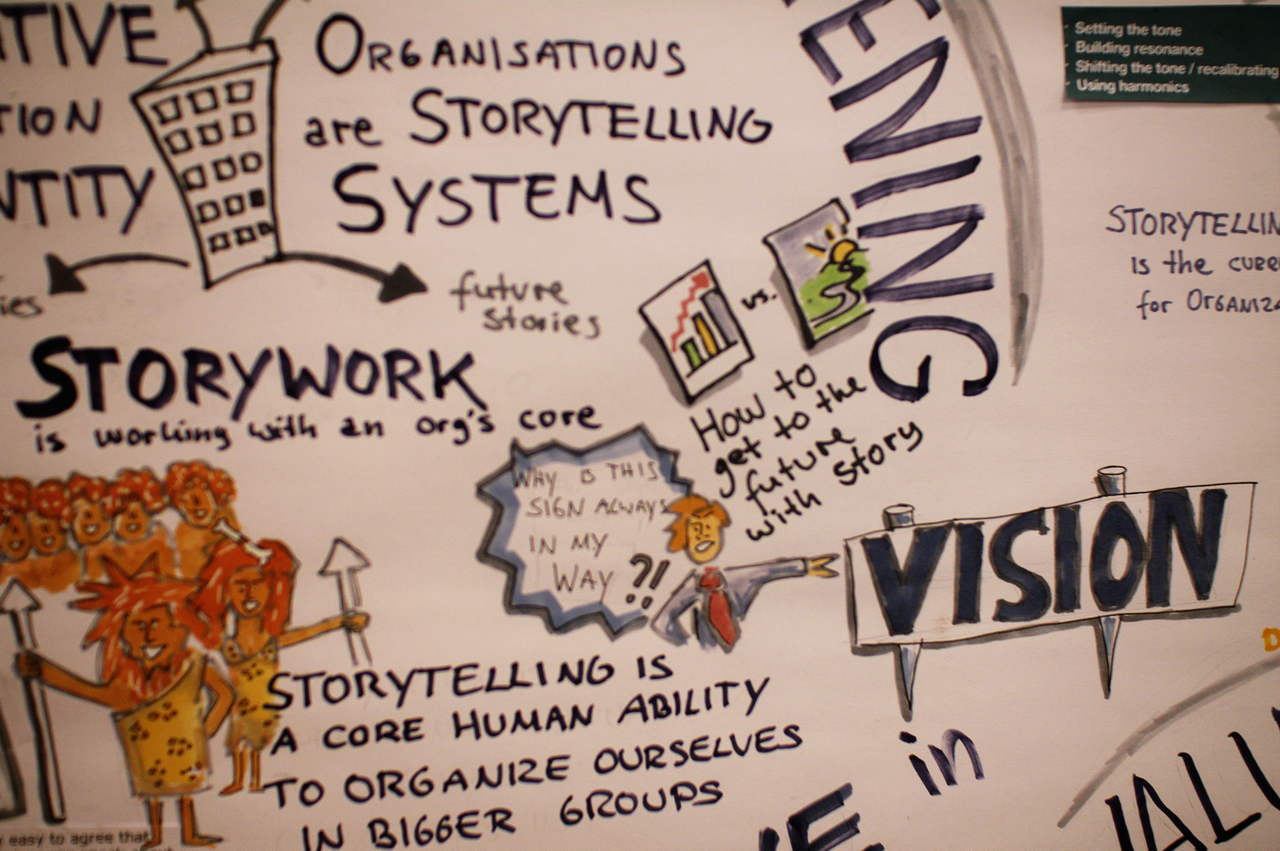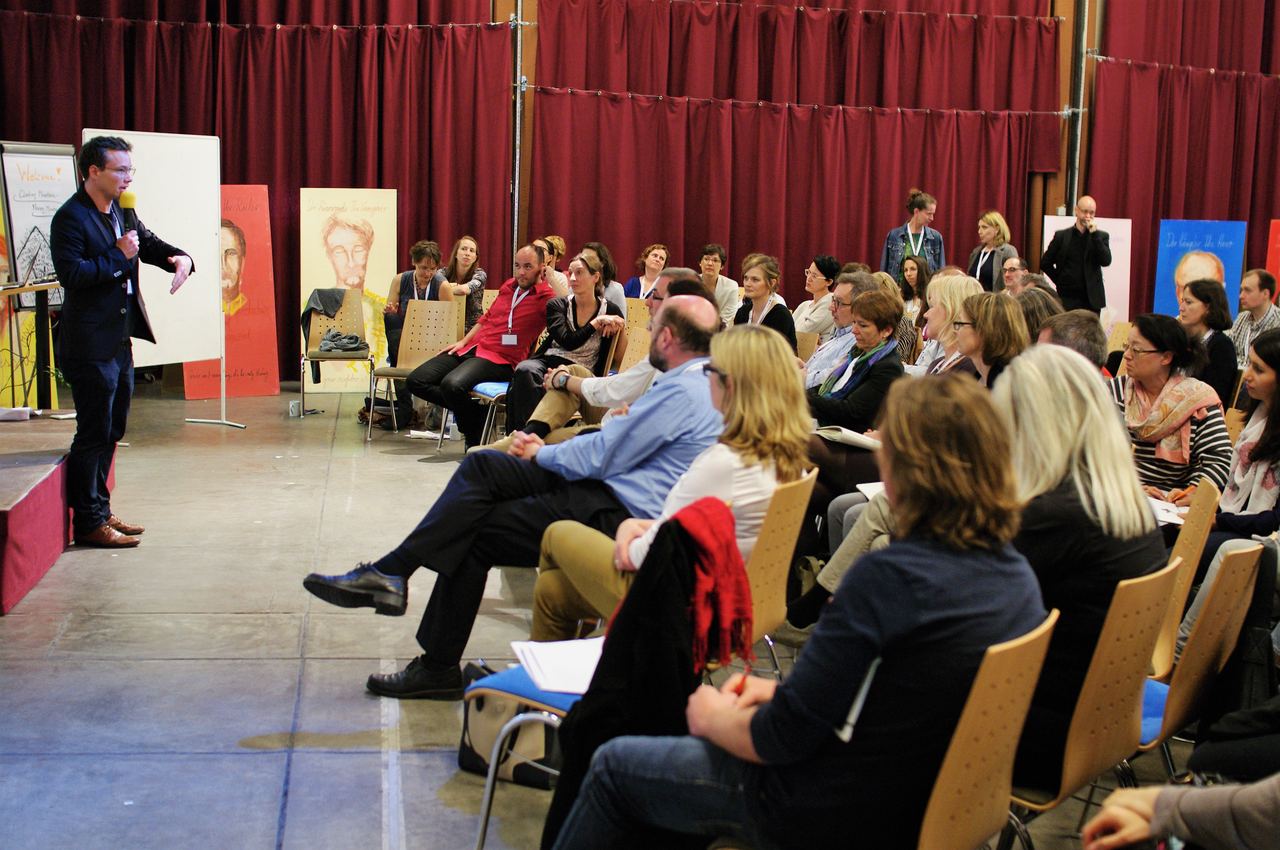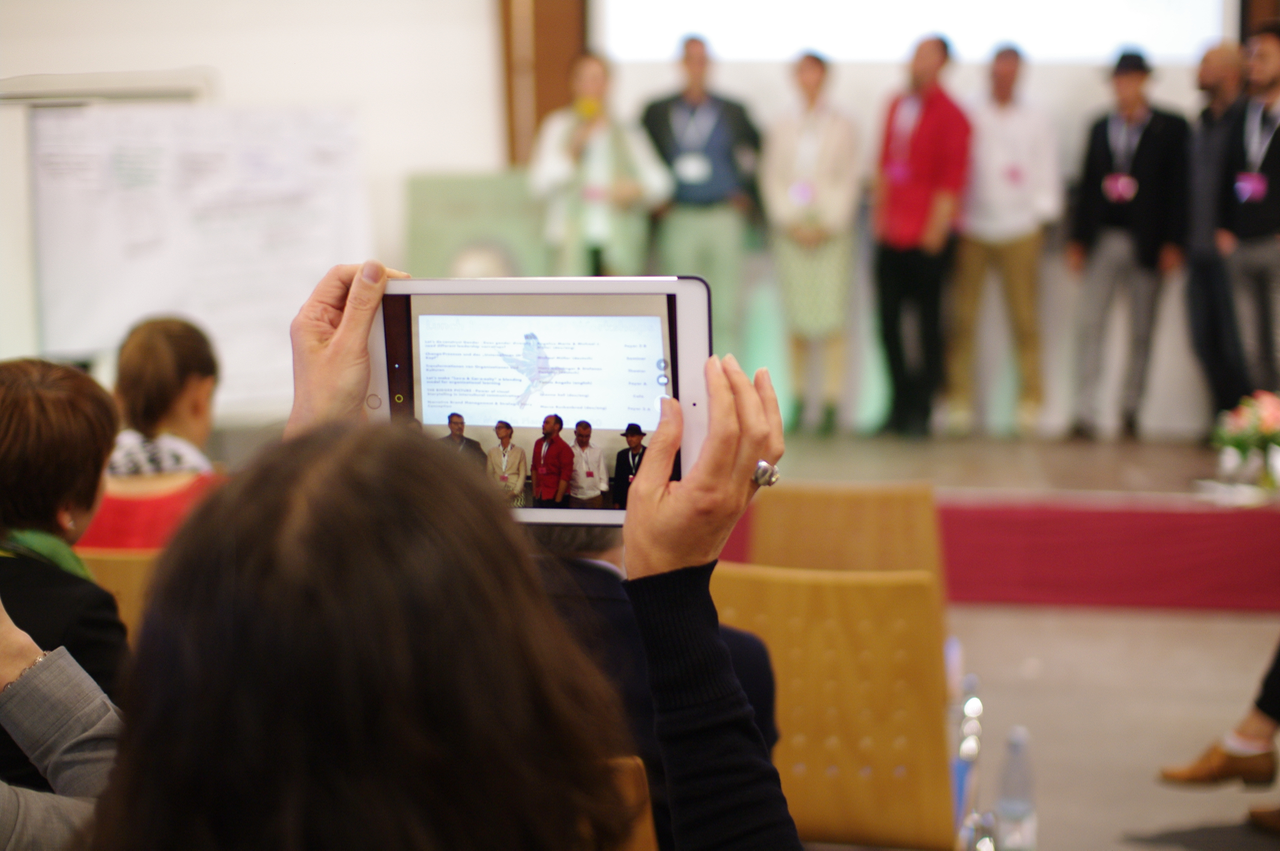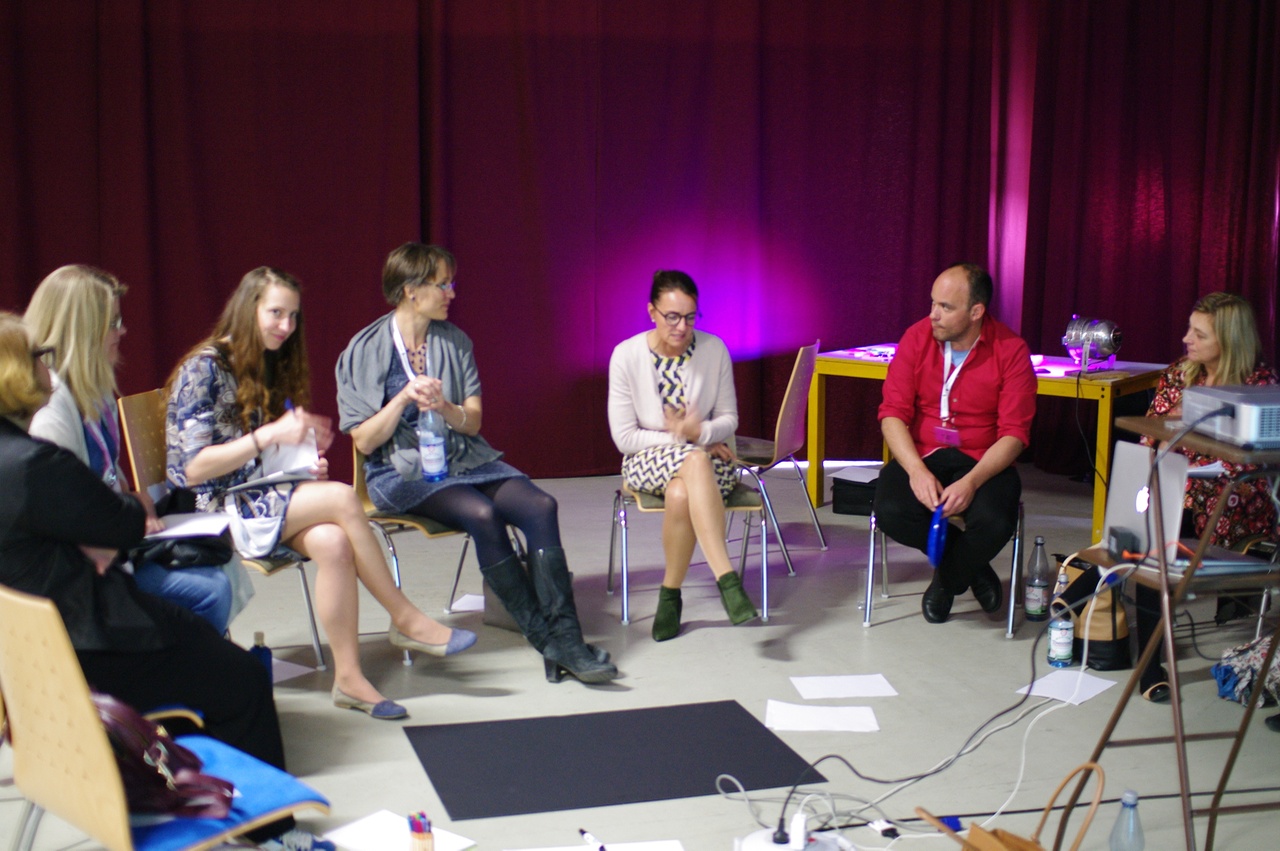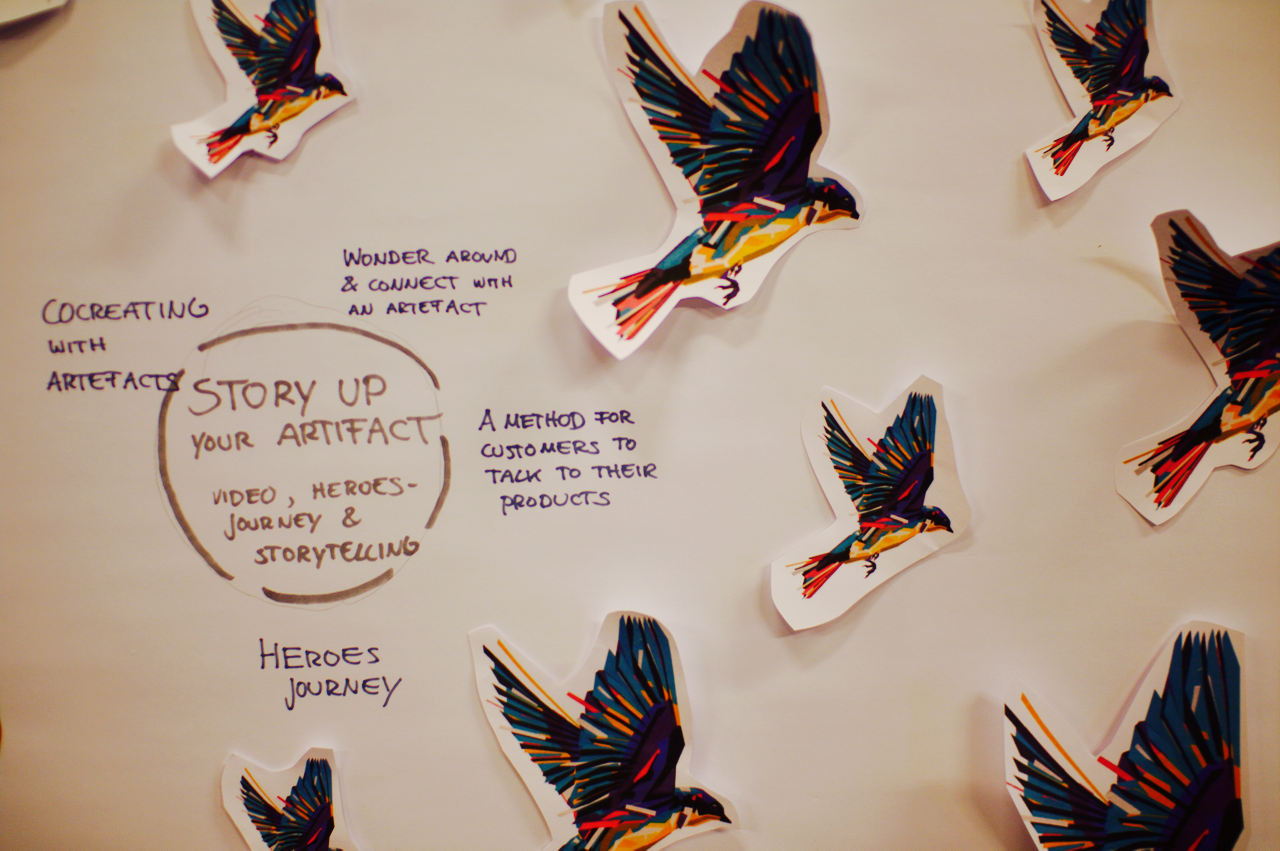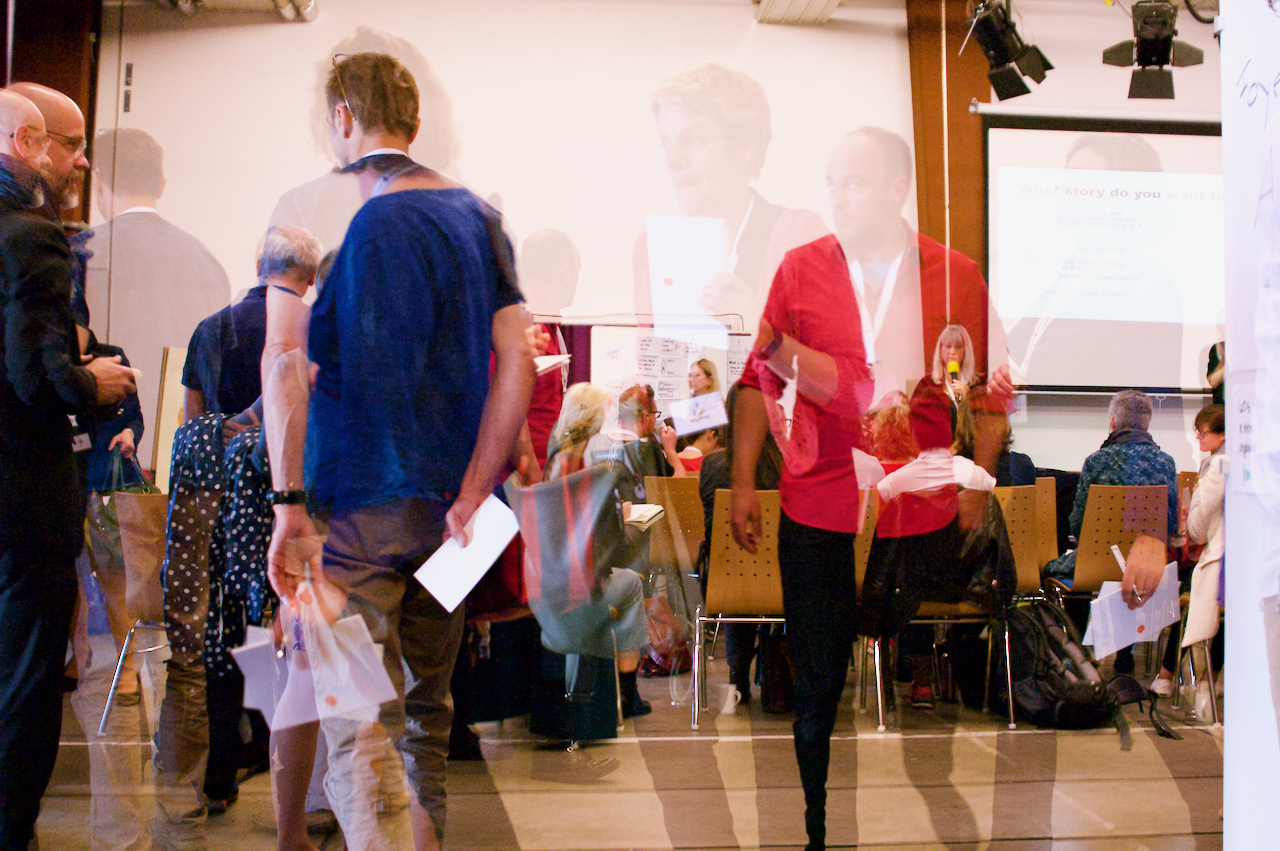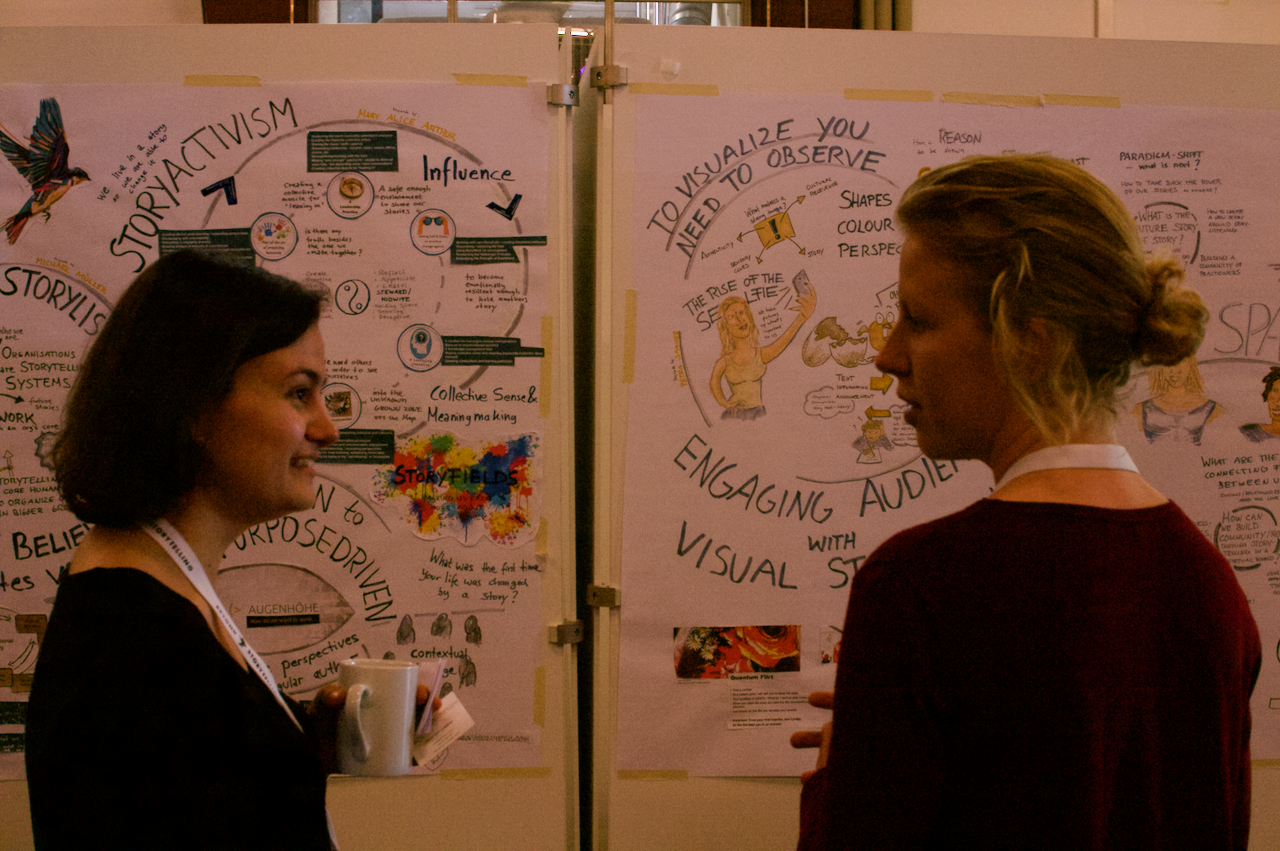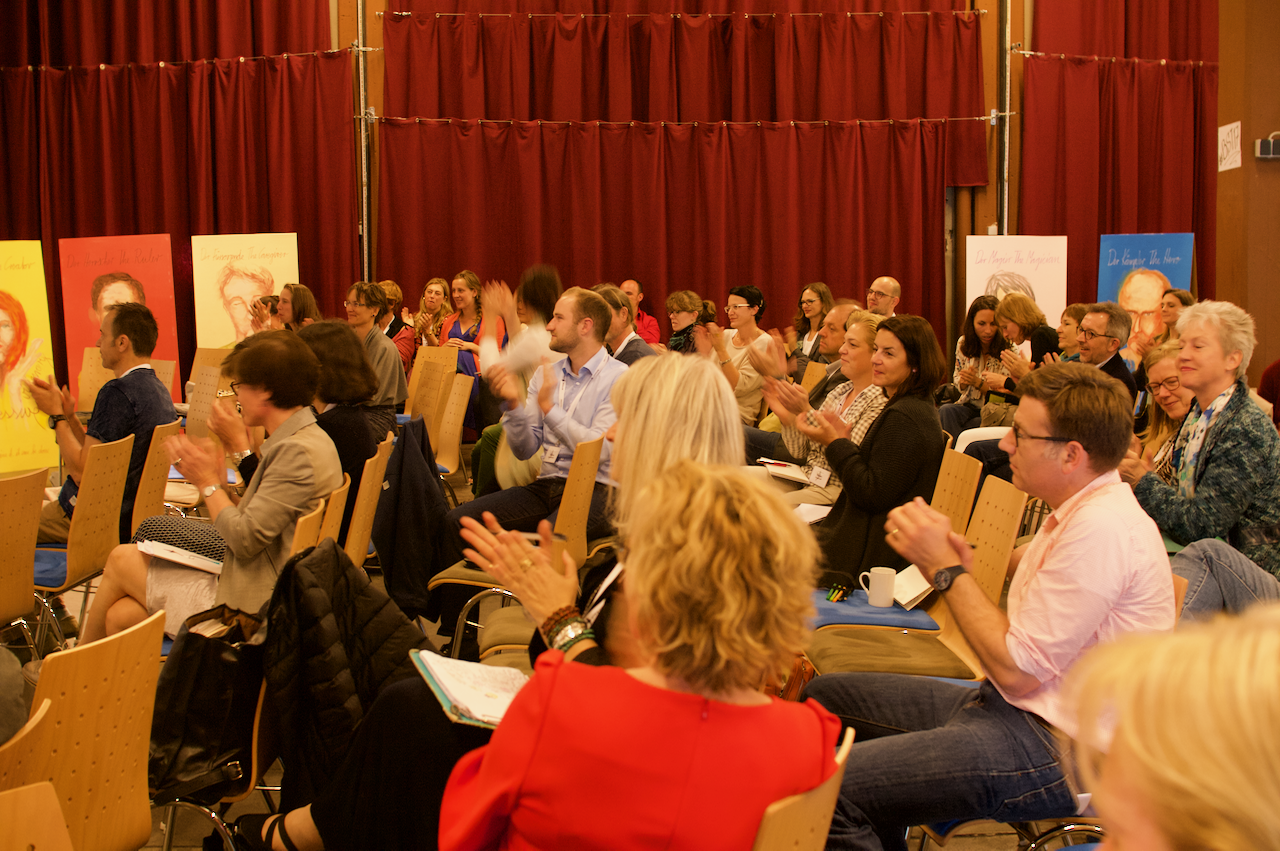The first thing I notice upon entering the workshop space is what I usually notice in events and discussions around the topic of gender – there is absolutely no gender diversity in the audience. Conversations around gender in leadership (or, let’s be honest, gender anywhere) are held almost exclusively amongst women – with the possible exception of the LGBT communities, where gay, bisexual, transgender and generally non-hetero-normative males might also be present. A am generalizing, off course, but personally I’ve yet to experience a gender-balanced conversation on this topic. I see the resemblance to how Kimmel describes the situation in gender studies classes in the university: there are usually one or two men “cringing defensively in the corner, feeling blamed for the collective sins of two millennia of patriarchal oppression (Kimmel, 2013, pg. 57).”
Diversity is a buzzword that has been around for a while now. Growing scientific evidence shows us that businesses with a higher level of diversity in the workplace reach sustainable success, create more innovative cultures, share an increased collective intelligence, are socially more responsible, more ethical, incorporate a multi-perspective view and are also socially more attractive (Marte, Müller & Wieland, 2017). And still, the world as a whole still fails at creating equal opportunities for both men and women. It is not just about being nice and more accepting; when it comes to business, money matters. The Landmark McKinsey Global Institute report finds that $12 trillion could be added to global GDP by 2025 if the gender gap is narrowed (McKinsey & Company, 2015). On average, only 23.3 % of board members of the largest publicly listed companies in the EU are women. This marks a significant increase from 11.9 % in 2010 (Jourova, 2016). However, there is still a very long way to go if we are to achieve gender balance; business is still largely run by men. If leaders care about success of their organizations, this should matter to them. And yet, men consistently stay out of this conversation. How can that be possible?
There is the simple and straightforward answer of men simply not being interested in a conversation that seemingly does not concern them. It’s feminism; it’s a woman’s issue. Not my gender, not my problem. The issue of the women in the workforce is seen as outdated – women in the western world legally have equal rights to men in all aspects and fields. Female participation in tertiary education overall has increased globally and currently surpasses male participation in almost all developed countries and in half of developing countries (United Nations, 2015). What is left to complain about?
Nevertheless, it’s hard to disregard the countless experience of me or another woman raising the topic of gender in leadership and at least some of the men in the room giving a “not the feminist again” comment, hiding their eye-roll or just simply shutting down and mentally exiting the discussion. Male voices in these conversations are rarely explicitly invited and hardly ever present. Even though they might not be excluded per se, for some reason the men just don’t show up. Given that we now have a lot of clear scientific evidence of gender balance contributing to better performance of the organizations, we cannot pretend anymore that this is not everybody’s issue. Any leader who desires results for their company must be motivated to invite diverse coworkers into their team. So why do men keep silent? What keeps them out of the conversation?
Obviously, I cannot speak for men. I can only describe what I experience and what I hear from men and women I interact with. These conversations have led me to believe it is not out of carelessness or meanness or superiority; it’s out of the lack of awareness that men rarely even perceive a problem. It is really hard to see your privilege unless someone points it out and you are willing to listen. Like in the example that circled around the web recently about the coworkers, Martin E. Schneider and Nicole Hallberg, that changed their e-mail signatures for a week – you just don’t know your privilege until you live without it for a while. In the workshop, we talked about this problem and realized how hard it is to create situations where men can experience what it’s like to be a woman in business. We came to the conclusion that maybe, sometimes, sharing our stories is the best we can do.
Therefore, let me share my own experience. I am a woman in consulting business. What’s worse, I’m a young, attractive woman, working in leadership development. When I came to the company, my boss kindly engaged in training me to deal with the male dominated world of our clients – he called it resilience training. He asked uncomfortable questions and made comments to test me. He would feedback me on my blushing, fidgeting or giggling and praise me when I “handled it like a man”. According to him, I was doing great and playing the game. This already hints to where women stand in business – men will be men, they set the norm, so I need to become resilient to being seen as an object of desire.
I vividly remember one of the most unnerving experiences in group facilitation. I was facilitating a communication workshop in a group of engineers; there were 20 men and me in the room. While talking about dominant nonverbal communication, I invited one of the participants to demonstrate a handshake with me. What happened next utterly shocked me. He pulled me towards him with one hand, and reached over my back with the other to grab my behind. He was taller and stronger than me and I felt small and helpless. I reacted on impulse, shook him off and pushed him away with a force I didn’t know I had in me. It was such a reflex to just get him off me that I was very glad I didn’t punch him in the face. I asked him to sit down and went on to explain about appropriate physical distance in a business interaction. When we talk about the comfortable distance of strangers in communication, this distance is very often “just far enough that neither a punch nor a kick can reach us”. I asked him to volunteer again to demonstrate why. I told him to stand at an appropriate distance. And then came a moment of surprise for the poor man: I swung a punch and a kick towards his face, stopping first my fist and then my foot a few centimeters away from his face. “And that is why this is the distance most people feel comfortable with when talking to strangers.” He gasped; the audience fell silent, hiding their amusement. Then I announced a break (even though it was less than one hour into the session) and went into the bathroom to calm down (and do some power posing :)). My whole body was shaking. I finished the rest of the day mostly on autopilot, not making any more eye-contact with this man. After the workshop, he asked me about my martial arts training (and yes, I did do some ninjutsu, I knew how to control my punch) and I told him to be careful with touching women without their consent. Now, let's be honest here, what I did was an obvious change of status in a power play. I answered aggression with aggression, a display of power with a display of power, and successfully gained respect from him and the rest of the group. Still – is that really how we need to be in a man’s world? To become like men, only better, faster, stronger?
Another question going through my mind was: “How did I contribute to this? Was I too familiar? Was I flirting? How am I responsible for this man’s behavior?” Where are these thoughts coming from? A guy grabs me and I feel responsible? Chené Swart talks about “the water”, i. e. the taken for granted beliefs that inform the stories we buy into.
What is the water we are swimming in when discussing gender in leadership? Next to the stereotyping exercise we did in the workshop, I also asked my friends and colleagues and here’s what I’ve collected:
· Men are better leaders, because they’re more goal-oriented, decisive, dependable and charismatic. Both men and women prefer men leaders and facilitators, because they have better authority.
· To gain trust from the audience, any facilitator must (and an emphatic woman definitely will) adapt to their frame of reference – if they already see a woman as an object of desire, she will be most successful if she uses it to her advantage.
· Men are rational, women are overly sensitive. If as a woman you notice and respond to sexual objectification, you are over-reacting and lack a sense of humor. It was, after all, just a joke.
· Generally, women aren’t funny. However, women, who take part in the sexist conversation, are considered cool and fun.
· Men will be men; it’s normal for men to feel and express sexual desire to an attractive woman and she should, if anything, take it as a compliment as it was meant.
· It’s a men’s world and women should adapt to its’ standards.
· To succeed in business as a leader, a woman must (excuse the expression) “grow some balls”.
I could go on, but I think we get the point. The ocean of taken for granted beliefs that we swim in makes it extremely hard for a woman in my situation to set appropriate boundaries. These beliefs are not just “out there”, they’re inside of my own mind, making me question my own beliefs and values. After a few years I gained some confidence in my professional identity and set clearer boundaries. I told my boss that my resilience training can end and that I’d appreciate it if he stops making sexist comments. Now he asks permission when he opens the topic of gender in my presence, which is an improvement. It gives me the opportunity to opt out.
Like most women do, I bought into these socially accepted messages and expectations. I considered myself cool for being manly enough to live in the men’s world. But it’s more than just about being cool. It’s about trying to be functional.
As Angelica and Michael point out, diversity is a problem. Diversity is a problem because it enhances complexity, increases differences, massively slows down decisions processes and building of trust, and finally, it causes conflicts (Marte, 2015). The current solution to the problem of diversity is its reduction. Women, who enter a culture that is dominated by men, perceive these problems and work to avoid them. Stereotypically, women focus more on the community and engage more in emphatic-intuitive thinking and decision models. They strive to manage and reduce conflicts and enhance trust (Chao & Tian, 2011). Women intuitively realize that we like those who are similar to us. That means that upon entering a male-dominated business and leadership culture, they adapt to the prevalent communication patterns in that culture to avoid diversity issues. This surely leads to a smoother career-path for a woman and less problems with diversity for the company, but it also diminishes its benefits to near zero.
When we talk about this, I can clearly observe all of this in our workshop facilitators, dr. Angelica V. Marte and Michael J. Müller. It’s intriguing to watch them interact with us and with each other. Angelica has spent a lot of her career in the academic research world and then in the business world, dominated by men. She is the first and the last person to speak to any topic, talks straight and direct, makes her messages clear and focuses on her 42 slides in the presentation, sometimes failing to notice that we as participants want to contribute to the discussion. She is professional, to-the-point and underlines her statements with her scientific background. Even in her picture on the slide, she embodies the male stereotype (or the stereotype of a successful woman in a men’s world) – arms crossed, looking straight into the camera with a slight social smile. Michael, on the other hand, stays playful and engaged with the participants in the workshop; he is the one to notice when we have something to say. He had prepared colored pencils and papers, chalk, and play-doh, in case we get inspired to create something during the workshop. He presents himself as an actor, and in his picture he is looking away from the camera with a child-like curiosity in his eyes. This difference is so obvious I wonder if they do it on purpose, just to give an example that male and female communication and behavior patterns are not necessarily connected to gender or biological sex. What’s interesting is that they perfectly balance each other. They demonstrate this diversity we talk about – and hint to the possibility of an integrated approach.
It’s not so much about the gender of the people in the leadership teams, but the diversity in their thinking and behavior patterns. If we reach the goal of having 50 % of senior leadership positions held by women, but do not change the culture, we have done very little to enhance our progress. I believe that sooner or later, the gender-battle must become superfluous and terms like “male and female patterns” meaningless. These patterns have very little to do with our genitals and much more with what we learn to be right, good or accepted.
Chao, C. & Tian, D. (2011): Culturally Universal or Culturally Specific: A Comparative Study of Anticipated Female Leadership Styles in Taiwan and the United States. In: Journal of Leadership & Organizational Studies, No. 18 (1), p: 64 – 79, Sage, Thousand Oaks.
Jourová, V. (2016). Gender balance on corporate boards: Europe is cracking the glass ceiling. European Comission. http://ec.europa.eu/justice/gender-equality/files/gender_balance_decision_making/1607_factsheet_final_wob_data_en.pdf
Kimmel, M. S. (2013). Who's afraid of men doing feminism; in: Digby, T. (Ed.) Men Doing Feminism, Routledge.
Marte, A.V. (2015): Mit weiblichem Durchblick zu mehr Aufsicht? ZU|Daily online
Marte, A.V., Müller, M.J., Wieland, J. (2017): Wenn Geschichten Führung führen. Narrative Perspektiven auf Führung, Führungs- und Führungskräfteentwicklung; in: J. Chlopczyk (Hrsg.), Beyond Storytelling, Springer Verlag.
Swart, C. (2017). Re-Authoring Leadership Narratives With and Within Organizations; in: J. Chlopczyk (Hrsg.), Beyond Storytelling, Springer Verlag.
United Nations. (2015). The World's Women 2015: Trends and Statistics. https://unstats.un.org/unsd/gender/worldswomen.html
Woetzel, J., Madgavkar, A., Ellingrud, K., Labaye, E., Devillard, S., Kutcher, E., Manyika, J., Dobbs, R. and Krishnan, M. (2015). The power of parity: How advancing women’s equality can add $12 trillion to global growth? McKinsey & Company – September 2015. http://www.mckinsey.com/global-themes/employment-and-growth/how-advancing-womens-equality-can-add-12-trillion-to-global-growth







